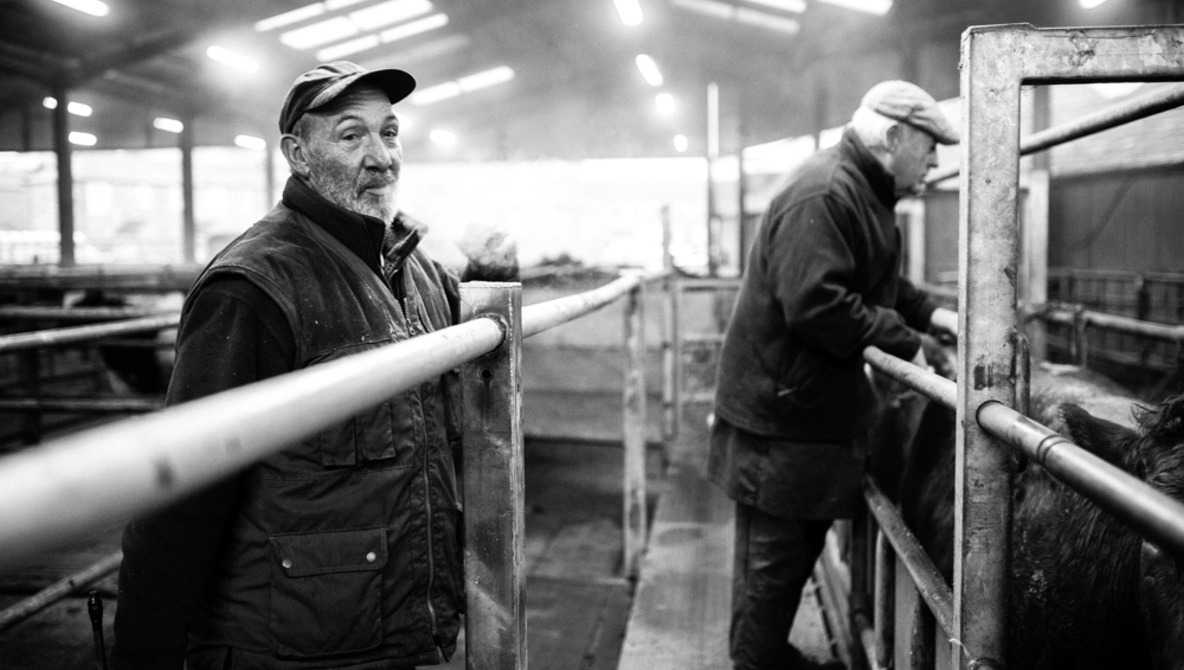Although I now work in the commercial world, my passion started with documentary photography. I was, and still am, obsessed with Annie Leibowitz’s work with the Rolling Stones and I loved William Egglestone’s color observations of the mundane world he found himself in. When I find a free day, there is nothing that I enjoy more than walking out with my camera to document someone else's life. However, unlike the plethora of studio lighting tutorials available, there seems to be a real lack of articles on documentary photography. Here are six tips on how to improve your images.
Get Close
You want to really get into the action. Standing to the side for me is far too voyeuristic and it doesn’t offer anything more than what most people get to see as a natural bystander. Put your anxiety to the side and get involved. Most people won’t mind you being there, and if there is a problem, politely apologize and head elsewhere.
Wide Lenses
Maybe not super wide, but certainly not telephoto. Once you start pushing past 50mm the background compression is such that you lose all context of the shot. While you are getting closer to the action, pull out a wider lens to add context and impact to your images.
Show a Different Point of View
Millions of images are uploaded to the web each day. To stand out and add value you need to position your work away from the pack. This might be a simple case of standing away from everyone else, or perhaps bringing a style from one genre of photography into documenting another.

Continuity
Continuity comes in a few forms. If you are putting your images together in a series then it is worth keeping similar focal lengths. I find this allows the viewer to get a sense of scale and it helps them feel like they are “in it.” If the images jump from 17mm to 200mm then it is harder to connect with the story. The same goes for post-processing. For me, it is fine to jump from color to black and white, but the color grading and black and white grading should have continuity.
Composition
Capturing the moment alone is not enough. Great composition will set your work apart from your peers. It isn’t always as simple as walking along the street and snapping away. Find a spot of interest, frame your shot up, and wait for something to happen. In doing this, you are far more likely to capture an amazing moment with great composition. Patience is your friend.

Candid?
Documentary photography doesn’t have to be candid. I have had several commissions and run loads of self-funded projects where I document a group of people using studio lighting and backdrops. The last self-funded project I ran was photographing the punters at a local festival. By staging the images and using a studio backdrop, I was able to document the style, trends, and faces of the people who were attending that festival in 2017.

What are your top documentary photography tips?







Nice to see a documentary article on Fstoppers. Doesn't happen too often. The tip I would add that isn't here is: make the projects long term. I think to properly photograph something you need to understand it. A few visits here and there won't achieve that. Immerse yourself into something over a period of months/years and you'll see better results as you'll have a more comprehensive story to tell.
I saw this a while ago and thought it made some relevant points: https://www.bomknights.co.uk/wedding-photographer-manchester-blog/docume...